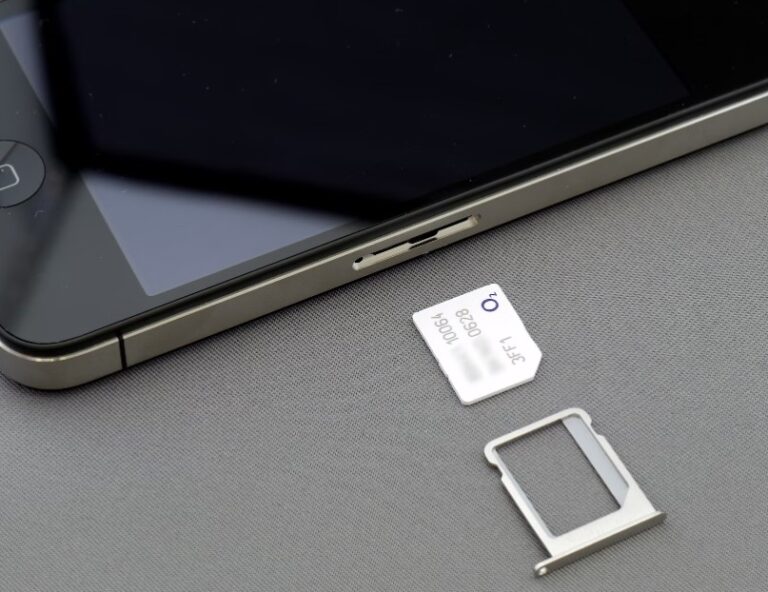The eSim, a small technological revolution in the world of mobile telephony, is redesigning the way we interact with our devices and manage our data plans: but what is it and how does it work?
This integrated chip, unlike traditional physical SIMs, brings with it a series of advantages ranging from greater security to the ease of switching between different operators, all without the need to physically replace a card.
Table of Contents
What is eSIM and how does it work?
The eSim, or embedded SIM, represents an evolution of the traditional SIM card that we have known for decades, embodying a more flexible and integrated solution for connecting mobile devices to cellular networks.
Unlike physical SIMs, which need to be inserted into a dedicated slot on the device, the eSim is a chip integrated directly into the device’s hardware.
This integration not only saves space, which is precious in ever thinner and more compact devices, but also offers greater security against external manipulation and physical damage.
The greater flexibility of the eSim is manifested above all in the management of data plans and user mobility. With an eSim, you can change operator or data plan directly via software, without the need to physically replace a card.
This translates into greater simplicity for users, who can switch between service providers with just a few taps on their device screen.
This feature is particularly advantageous for those who travel frequently, allowing you to sign up for temporary local data plans without having to purchase a physical SIM every time you change country.
From a technological point of view, the eSim marks an important step towards the digitalisation and integration of mobile services.
Device makers, from phone companies to makers of smartwatches and other wearable gadgets, can take advantage of the eSim’s small size and flexibility to design devices that are thinner or have more room for other components and features.
Furthermore, the adoption of eSIMs could accelerate the development and diffusion of IoT (Internet of Things) devices, in which cellular connectivity plays a fundamental role.
What is the difference between a SIM and an eSIM?
The fundamental difference between a traditional SIM (Subscriber Identity Module) and an eSim (embedded SIM) lies in their physical form and the way they are integrated and managed in mobile devices.
While a traditional SIM is a small removable chip, contained in a plastic card that you manually insert into a specific slot on the device, the eSim is a chip soldered directly onto the device’s motherboard, eliminating the need to physically replace the card for change number or operator.
This paradigm shift brings with it an evolution in terms of flexibility and convenience for the user. With a traditional SIM, every time you want to change operator or need another phone line, you have to buy a new physical SIM card, remove the old one from the device and insert the new one.
On the other hand, the eSim, being integrated directly into the device, overcomes these physical and logistical limitations. The management of the data plan and the change of operator takes place via a software interface, allowing users to switch from one provider to another with simplicity and without the need to physically replace any component.
Read also: What happens to the smartphone two years after purchase?












